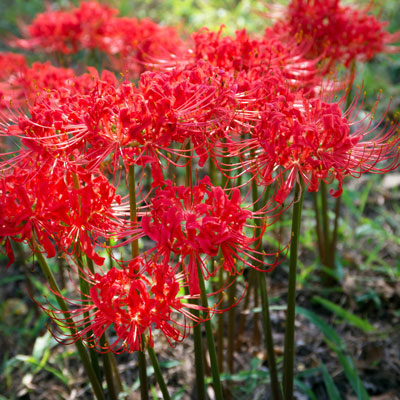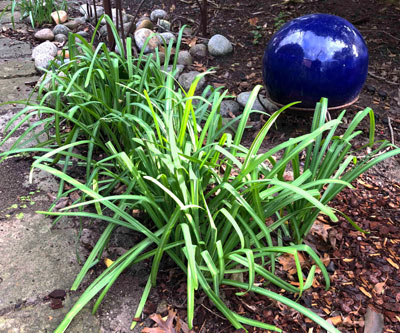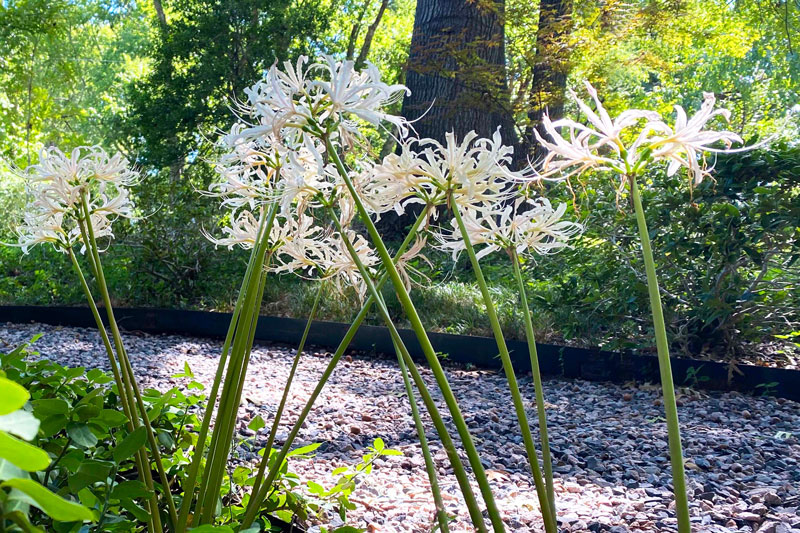Don’t Be Scared of These Spiders
My earliest memories of fall-flowering bulbs in College Station are of spider lilies in the oldest yards around the campus. It would be exciting to know the history behind how each of those plantings came to happen.

You didn’t see spider lilies being sold in plant stores. (In fact, you had to get into the major cities in Texas to find actual drive-up-to-the-door retail nurseries of any size.)
You didn’t see spider lilies sold in bulb catalogs with the far more popular tulips, daffodils and hyacinths because they weren’t grown in the same places and they weren’t ready for digging and sale at the same time.
At that time, in North-dominated horticultural circles, spider lilies were relegated, like okra and even crape myrtles to “those people down south.” For the most part, they were shared between friends, relatives, and neighbors.

But now spider lilies have become more mainstream. Most independent retail garden centers offer the bulbs, usually in late summer in time for planting so they can become established in time to produce their leaves over the winter. (It’s normal for them not to bloom their first fall.)
So that you can be successful with this long-proven southern bulb, let me share some of its facts.
What you need to know to grow spider lilies…
• Botanical name: Lycoris radiata
• Common name: Spider lily, Hurricane lily (because of season of bloom), Equinox flower (I’ve not heard that one, but I saw it on the NCSU website, and its timing seems pretty accurate since that was just last week).
• Plant family: Amaryllidaceae
• Native home: China, Japan, Korea, Nepal
• Hardy to 5F, so be careful in the coldest parts of the Panhandle.
• Propagated by offsets (new bulbs growing beside mother bulbs)
• Plant where they can remain undisturbed for many years.
• Plant the ping-pong-sized bulbs 6 to 8 inches apart with their necks gently exposed.
• Plant in morning sun with protection from hot, afternoon sun in the summer.
• Their soil should be highly organic, but it needs to be only modestly moist most of the time.
• It’s best to plant these into a bed of other assorted perennials so that the starkness of their lack of foliage won’t be too obvious from spring through early fall when they spring into bloom.
• Leaves will begin to emerge in mid-fall after the blooms. Leave them in place until they die back in spring.

Note: White-, pink-, and yellow-flowering spider lilies are also sold. You’ll also see handsome, more intensely red selections offered from specialty sources.

